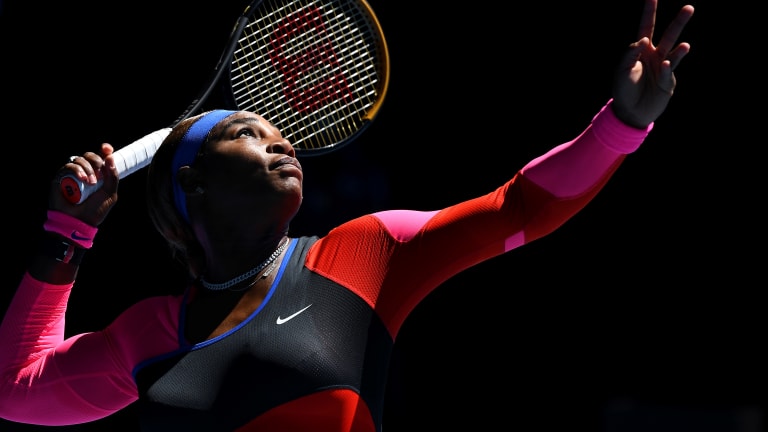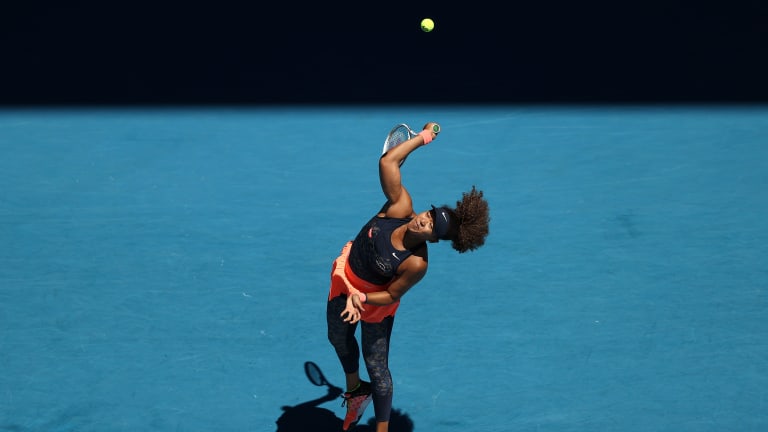Miami, USA
The Serena legacy: Better serves than ever present on the WTA Tour
By Mar 27, 2021Miami, USA
In beating idol Novak Djokovic, Jakub Mensik came of age in Miami
By Mar 31, 2025Miami, USA
Can Jessica Pegula step out of comfort zone on clay?
By Mar 31, 2025Miami, USA
Jakub Mensik, Miami champion, was going to pull out of the tournament an hour before his first match
Mar 31, 2025Miami, USA
Teenager Jakub Mensik denies Novak Djokovic 100th title in Miami Open upset
By Mar 31, 2025Miami, USA
Aryna Sabalenka takes aim at Iga Swiatek's dominance of the European clay season
By Mar 31, 2025Miami, USA
Novak Djokovic vs. Jakub Mensik: Where to watch, and who will win, their Miami Open final
By Mar 30, 2025Miami, USA
Roger Goodell watches on as Aryna Sabalenka defeats Jessica Pegula in Miami final
By Mar 29, 2025Miami, USA
Aryna Sabalenka masters Jessica Pegula again to win Miami Open
By Mar 29, 2025Miami, USA
19-year-old Jakub Mensik to face Novak Djokovic in Miami Open final
By Mar 29, 2025The Serena legacy: Better serves than ever present on the WTA Tour
Serena Williams is absent from this year’s Miami Open. But when you take a close look at many of the current contenders for the women’s title, you’ll see a significant new sign of her impact on the way matches can be won.
Published Mar 27, 2021
Advertising

The Serena legacy: Better serves than ever present on the WTA Tour
© AFP via Getty Images
Advertising

The Serena legacy: Better serves than ever present on the WTA Tour
© Getty Images
Advertising

The Serena legacy: Better serves than ever present on the WTA Tour